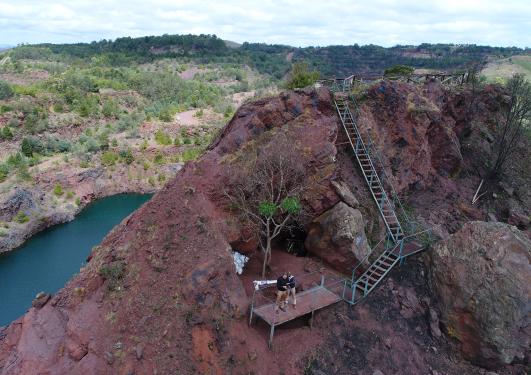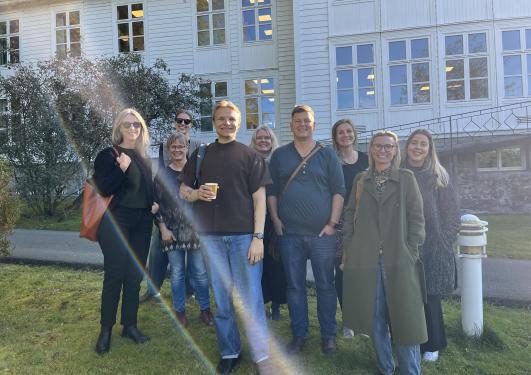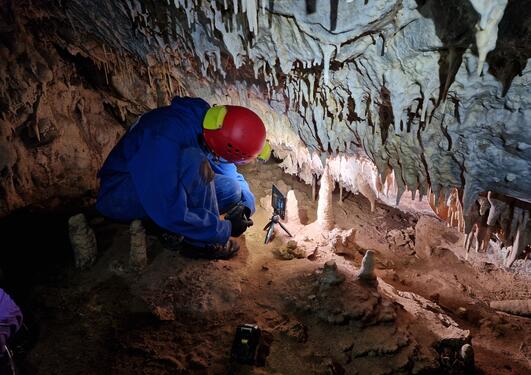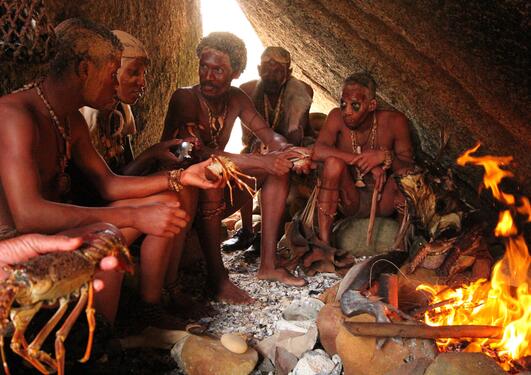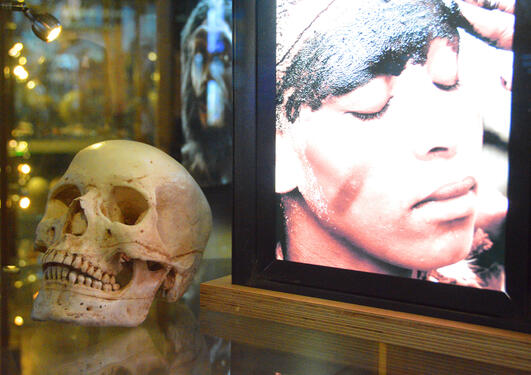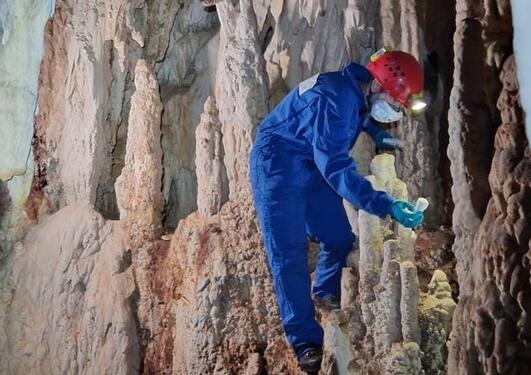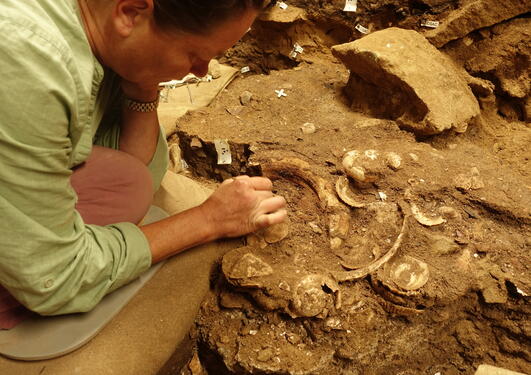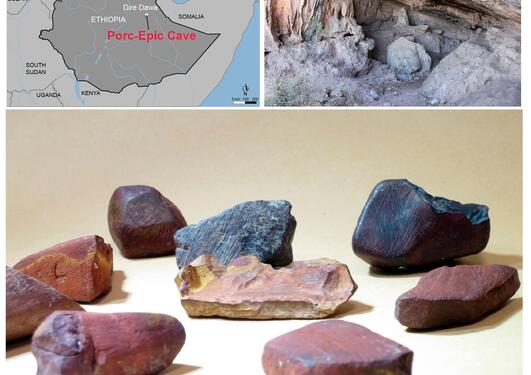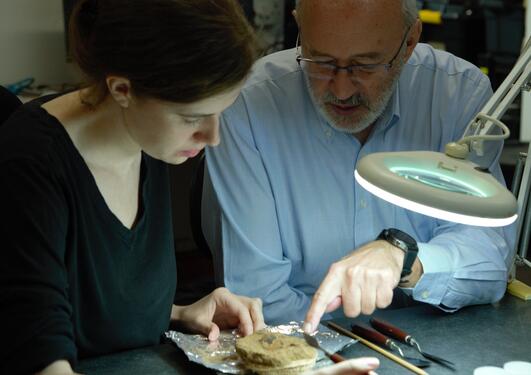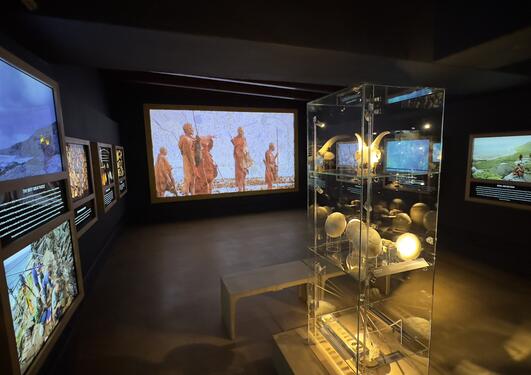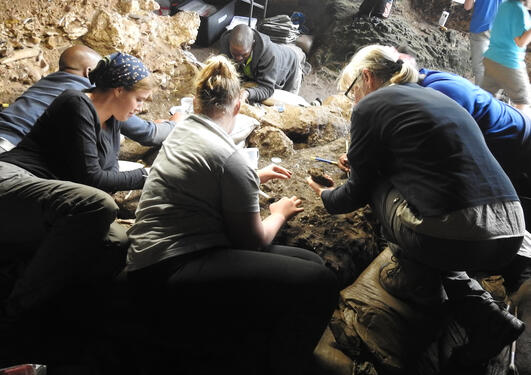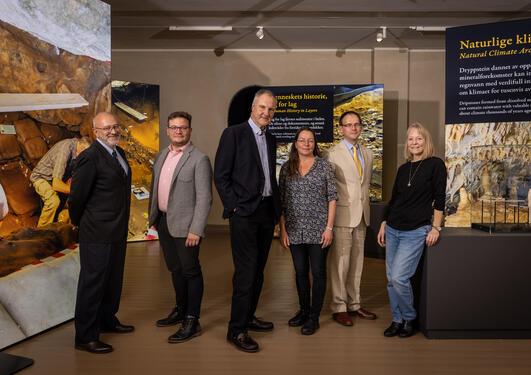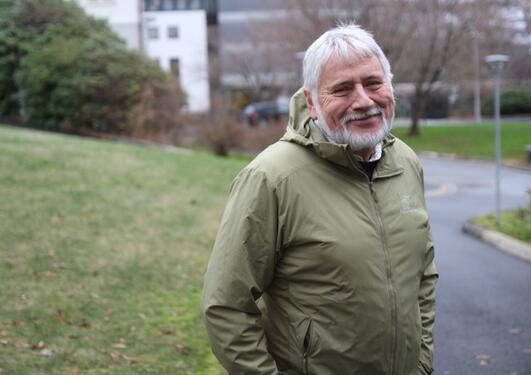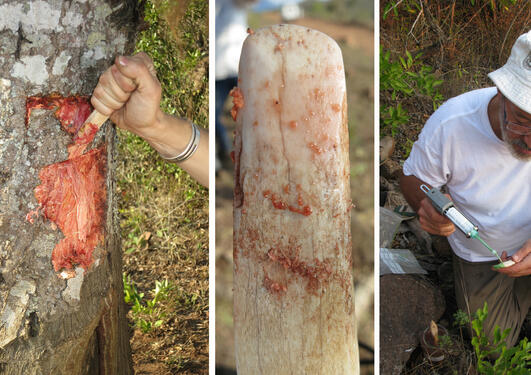News archive for Department of Archaeology, History, Cultural Studies and Religion
SapienCE scientist Elizabeth Velliky and her team have uncovered that the world's oldest ochre mine, Ngwenya in eSwatini, wasn't the only source of ochre pigment as we once thought. Instead, people used a variety of local ochres, showcasing unique cultural traditions and social interactions in Stone Age communities in Eswatini.
The Blombos Museum of Archaeology has launched the much-anticipated exhibition Origins of Early Southern Sapiens Behaviour marking a significant milestone in understanding early human prehistory.
Apply for admission to our new course Introduction to the Environmental Humanities! Through lectures, seminars, and fieldwork, the course explores cultural, historical, political, and creative engagements with the environment at local, national, and global scales.
Dr. Margit H. Simon is awarded a prestigious ERC Consolidator Grant of 2,17 million Euros to lead the PIONEER project which will transform our understanding of how environmental factors shaped the evolution of behavioural complexity in early Homo sapiens.
This fall, the research group Research and Teaching on Controversial Issues is hosting a seminar for teachers to explore various approaches to teaching controversial issues in schools.
A new study published in Scientific Reports shows that hide glue made from calfskin was used as a binder in the paints used to produce Uvdal stave church’s decorations. Surprisingly, tests also uncovered traces of human saliva.
Download our latest annual report and delve deeper into our discoveries and advancements, including experiences from the field in South Africa.
A recent study at SapienCE calls for a more nuanced approach to understanding the evolution of human cognition, arguing that research on the mental abilities of humans – in the present and the past – needs to incorporate cultural and cognitive diversity more explicitly.
A new SapienCE exhibition has opened in South Africa. The 'Origins of Early Southern Sapiens Behaviour” showcases unique archaeological discoveries offering visitors a distinct cultural experience in the heart of the De Hoop Nature Reserve.
A recent study demonstrates how dripstones can be crucial for reconstructing past climates. The new approach can provide a detailed picture of the climate around early human occupations in South Africa.
Our early ancestors were collecting eye-catching shells that may have been used as personal ornaments 100 000 years ago. The discoveries possibly also show the creation of identity that gradually, but radically changed the way we look at ourselves and others.
SapienCE’s Francesco d’Errico and his international team have published their analysis of the largest known collection of Middle Stone Age ochre, which reveals how ochre use evolved over a period of 4500 years. The new study is essential to understand how complex cultures arose and diversified in human history.
SapienCE scientist Francesco d’Errico is ranked as number 1 in Social Sciences and Humanities in Norway by Research.com.
The Origins of Early Southern Sapiens Behaviour exhibition is launched at Cape Point, South Africa. The exhibition showcases remarkable discoveries from SapienCE main excavation sites augmented by Sea Change Project contribution.
The SapienCE Annual Report of 2022 is available to download. The new report provides a summary of everything our team of world-leading scientists has achieved from the start of the Centre in 2017 until today. Come share our journey with us!
The SapienCE Early Human Behaviour Exhibition offers a unique opportunity to explore fascinating discoveries and insights into the behaviours of our early, shared, ancestors.
Eystein Jansen has played a vital role in the Centre since its foundation. Jansen's work has focused on exploring the ways that climate reconstruction can benefit archaeology to increase our understanding of how and when Homo sapiens evolved into who we are today.
An international team of archaeologists, led by a UiB scientist, has identified the oldest bone tools from southern Africa. The tools are 60,000 to 80,000 years old and were likely used for debarking trees and to dig into the ground.
Pages
- 2025
- 2024
- 2023
- 2022
- 2021
- 2020
- 2019
- 2018
- 2017
- 2016
- 2015
- 2014
- 2013
- 2012
